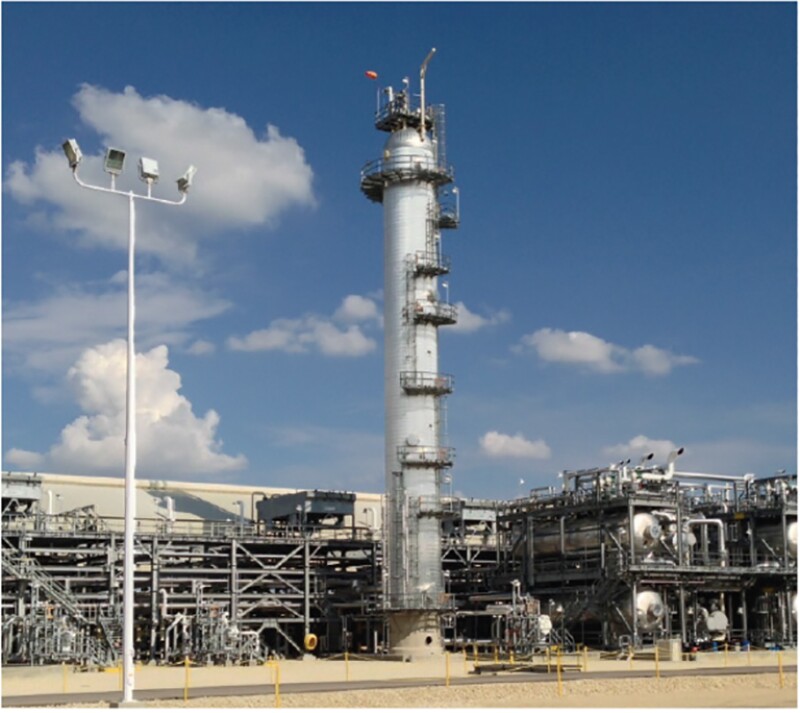Comprehensive screening for site selection has been carried out for suitable carbon dioxide (CO2) storage sites offshore Sarawak, Malaysia, using geographical, geological, geophysical, geomechanical, and reservoir engineering data and techniques for evaluating storage volume, container architecture, pressure, and temperature conditions. The site-specific input data are integrated into static and dynamic models for characterization and generation of performance scenarios of the site. Three-way coupled modeling helped to understand the likely state of injectants in the future and associated storage mechanisms. The work flow described in the complete paper may be adopted to evaluate other CO2 projects in both carbonate and clastic reservoirs for long-term storage of greenhouse gas (GHG) worldwide.
Introduction
Because fossil fuels are expected to remain a significant energy source until at least the middle of this century, techniques to capture and store produced CO2, combined with other efforts, could help stabilize GHG concentration in the atmosphere.


